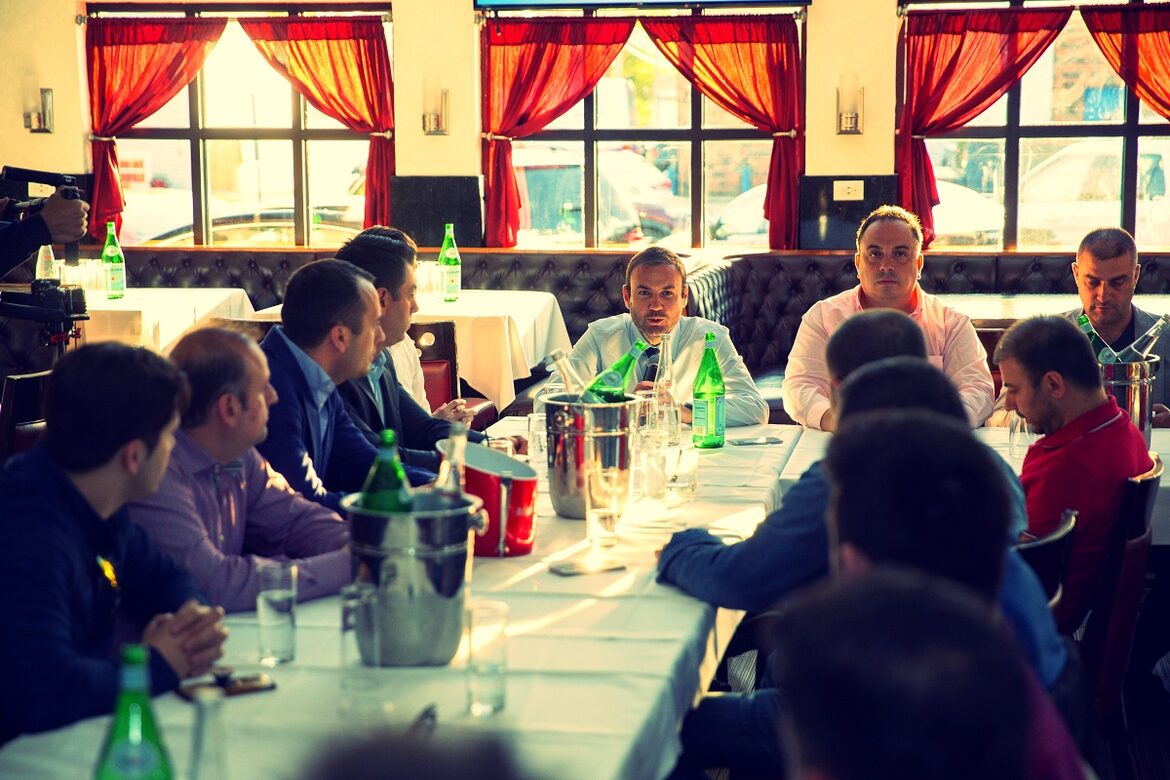In the ever-evolving landscape of logistics, the role of transportation networks has become pivotal in ensuring seamless connectivity and efficient movement of goods. From the bustling warehouses to the final destination, a well-structured transportation network is the backbone of modern supply chains. This article delves into the intricacies of transportation networks in logistics, exploring their significance, challenges, and the transformative technologies shaping their future.
The Significance of Transportation Networks in Logistics
1. Critical Links in the Supply Chain
Transportation networks act as the arteries of the supply chain, connecting suppliers, manufacturers, distributors, and retailers. Efficient movement of products from one node to another ensures timely deliveries, reduces inventory costs, and enhances customer satisfaction. A well-optimized transportation network minimizes transit times, lowers transportation costs, and maximizes overall supply chain efficiency.
2. Globalization and Interconnectedness
With the globalization of trade, transportation networks have grown in complexity. The need for seamless connectivity across borders has intensified, requiring logistics providers to build robust networks that transcend geographical boundaries. Interconnected transportation systems enable companies to source materials globally, manufacture products in one region, and deliver them to customers on the other side of the world.
Challenges in Modern Transportation Networks
1. Congestion and Bottlenecks
Urbanization and the exponential growth of e-commerce have contributed to increased congestion on roads and at ports. This congestion creates bottlenecks in transportation networks, leading to delays and inefficiencies. Addressing these challenges requires innovative solutions such as smart traffic management systems, alternative transportation modes, and infrastructure development.
2. Environmental Sustainability
The environmental impact of transportation is a growing concern. As logistics operations expand, so does the carbon footprint. To combat this, the industry is exploring sustainable transportation options, including electric vehicles, alternative fuels, and optimization algorithms that reduce unnecessary mileage. Balancing economic efficiency with environmental sustainability is a key challenge for modern transportation networks.
Technological Innovations Shaping Transportation Networks
1. Internet of Things (IoT)
The integration of IoT in transportation networks provides real-time visibility into the movement of goods. Sensors on vehicles, containers, and warehouses enable precise tracking, monitoring environmental conditions, and predicting maintenance needs. This data-driven approach enhances decision-making, reduces transit times, and improves overall supply chain visibility.
2. Blockchain Technology
Blockchain has the potential to revolutionize the transparency and security of transportation networks. It offers a decentralized and immutable ledger that records every transaction in the supply chain. This not only reduces the risk of fraud but also streamlines documentation processes, making cross-border movements more efficient and secure.
3. Autonomous Vehicles
The advent of autonomous vehicles, including trucks and drones, is reshaping the future of transportation networks. These vehicles promise increased efficiency, reduced labor costs, and improved safety. While regulatory challenges and public acceptance remain, ongoing advancements in autonomous technology are gradually transforming the logistics landscape.
4. Data Analytics and Artificial Intelligence (AI)
Data analytics and AI play a crucial role in optimizing transportation networks. Predictive analytics helps in forecasting demand, optimizing routes, and managing inventory more effectively. AI algorithms analyze vast amounts of data to identify patterns, enabling logistics providers to make data-driven decisions and enhance overall operational efficiency.
The Future Landscape: Integrated and Sustainable Transportation Networks
As logistics continues to evolve, the future of transportation networks lies in integration and sustainability. Companies are increasingly adopting a holistic approach, leveraging advanced technologies to create interconnected and environmentally conscious transportation systems.
1. Integration of Modes
The future of transportation networks involves the seamless integration of various modes of transport. This multimodal approach, combining road, rail, air, and sea transport, allows for greater flexibility and efficiency. Integrating these modes into a unified network reduces dependency on any single transportation method, minimizing risks and optimizing overall performance.
2. Last-Mile Innovations
The last mile of delivery has always been a challenge in logistics. Innovations such as delivery drones, autonomous vehicles, and micro-fulfillment centers are transforming the last-mile landscape. These technologies not only improve delivery speed but also reduce costs and enhance the customer experience.
3. Renewable Energy Adoption
To address the environmental impact of transportation, the industry is increasingly turning to renewable energy sources. Electric vehicles, powered by clean energy, are becoming more prevalent in logistics fleets. Additionally, the integration of renewable energy solutions in warehouses and distribution centers contributes to a more sustainable supply chain.
Transportation networks are the linchpin of modern logistics, enabling the seamless movement of goods in an interconnected global economy. As the industry faces challenges like congestion and environmental concerns, technological innovations offer transformative solutions. The future of transportation networks lies in integration, sustainability, and the continued evolution of technologies that enhance efficiency and reduce environmental impact. Embracing these changes will not only revolutionize logistics but also pave the way for a more connected and sustainable future.
